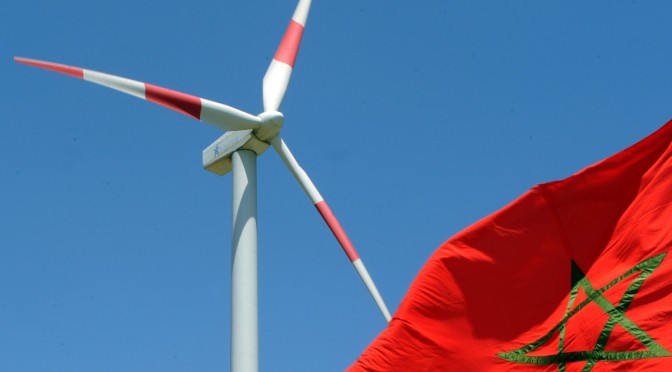The Mubadala Development unit is already one of three investors in the Middle East’s first utility-scale wind power project in Jordan.
Siemens, one of the world’s biggest players in wind energy, says the cost of producing wind power in the United States has fallen 43 per cent since 2008, while the power generated per turbine has jumped 30 per cent. It estimates that the total cost of providing wind power has fallen by 90 per cent since 1980.
Masdar now it is looking to develop similar-sized projects in Egypt and Morocco.
Jordan’s 117-megawatt Tafila Wind Farm is expected to increase the country’s total power capacity by 3 per cent and is estimated to cost about $290 million.
“We are looking at investment opportunities in Morocco and in Egypt we are also developing a couple of wind energy projects,” said Ahmed Al Awadi, the head of business support at Masdar’s clean energy unit.
“We are also exploring other early-stage opportunities in the GCC, and the United Kingdom is also a target market for us.”
“In Morocco we are in early talks, whereas in Egypt we are in the development phase and currently evaluating resources and doing our measurements.
“We are also looking at investing in the Serbian market, and we are evaluating a project there,” he said.
Masdar is identifying locations for potential wind energy projects in the UAE after mapping the country’s winds. Improvements in turbine design are also making it easier to generate electricity from lower wind speeds.
“The UAE has significant potential for wind sites with speeds between 5.5 and 7 metres per second, which can be quite easily captured using technology available today,” said Emad Ghaly, the regional head of wind power at Siemens. “Siemens has developed new wind turbines that can harness energy from very low average wind speeds, and technology continues to improve in terms efficiency, output and operational ranges,” he said.
Masdar has submitted a proposal for a 30 MW wind power plant on Sir Bani Yas Island to the Abu Dhabi Government for approval.
“There are other added values here beside the size of the project because the island is a conservation area and it is important to generate enough power to satisfy its own demands,” said Mr Al Awadi.

